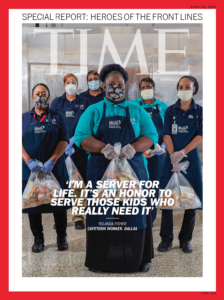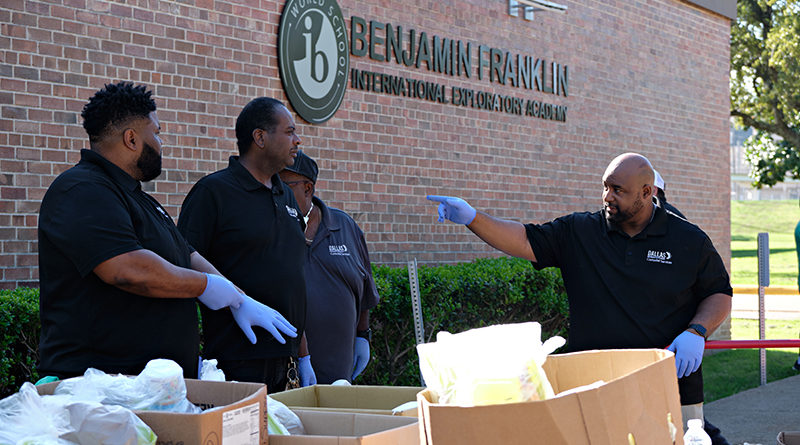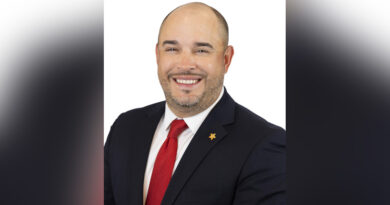Dallas ISD Rallies to Provide Lessons, Meals to Students
For the second time in a year, Dallas ISD staff had to scramble to get students back into some sort of learning environment.
Much like equilibrium had to be re-established after an October tornado ripped through three schools, the first cases of the novel coronavirus diagnosed in Dallas suddenly tasked the district with making sure 160,000 students continued to learn.
District administrators began planning before spring break, sending home packets of work with students, as well as laptops with older students, just in case.
But then “just in case” became reality. Educators needed to make sure the 30 to 40% of students who indicated they had no WIFI at home had a way to connect to the internet and find a way for the thousands of students who relied on school lunches to have food to eat throughout the crisis.
The district’s food and nutrition staff made the cover of Time magazine after doling out 1,017,483 meals between March 23 and April 9.
“Many of our families are affected by the closing of businesses, which means this is a critical pipeline for those families,” said school board trustee Edwin Flores. “The front page cover of Time magazine with our Dallas ISD cafeteria workers is really a feather in their cap!”

“I’m very proud of how quickly and efficiently the district has been able to respond to the COVID-19 crisis,” agreed fellow trustee Dustin Marshall. “We’ve successfully distributed over 1 million meals to about 40,000 families at select schools throughout Dallas. We’ve also been distributing meals to homeless students and working with DART to provide meals to those who can’t reach our schools.”
The district rolled out an online plan during spring break, complete with suggested schedules for parents, and links to resources.
By the next week, many students had laptops or tablets, and were accessing lessons teachers were posting on Google Classroom, and attending lessons on Zoom.
“It is really thanks to our new chief technology officer, Jack Kelanic, who has already been working toward having such a capability and testing and proving the use of mobile hotspots for our students who don’t have internet at home,” said Flores. “Our ability to survey our families and quickly move to get the hotspots, ahead of the curve, is really remarkable.”
Marshall said that the district’s efforts have ensured that almost every student has had contact with their school – a feat many schools in large cities have not been able to attain.
“We’ve made contact with 99% of the students who were enrolled prior to the crisis and are delivering virtual learning modules across all grades and subjects,” he said. “None of us wanted to interrupt the school year in this fashion, but I’m thrilled that both with the tornado and with COVID, we’ve seen DISD teachers, administrators, parents, students, and senior leaders step up to the challenge.”
How to Help: The Dallas Education Foundation is raising money for more WIFI hotspots for students who don’t have access to the internet. Want to contribute? Go to Dallasisd.org/DEF.
For nearly 40 years, People Newspapers has worked tirelessly to tell the stories—good, bad, and sublime—of our neighbors in the Park Cities and Preston Hollow. To support our efforts, please contact advertise@peoplenewspapers.com for advertising opportunities. Please also consider sharing this story with your friends and social media followers.









